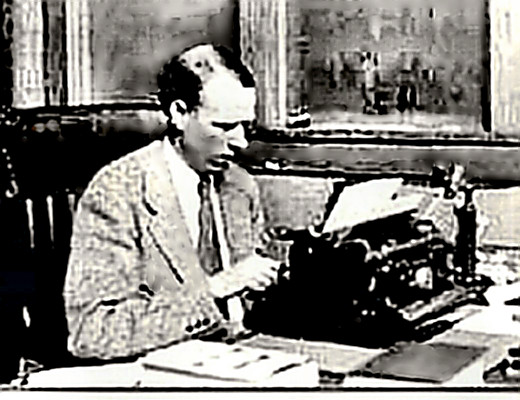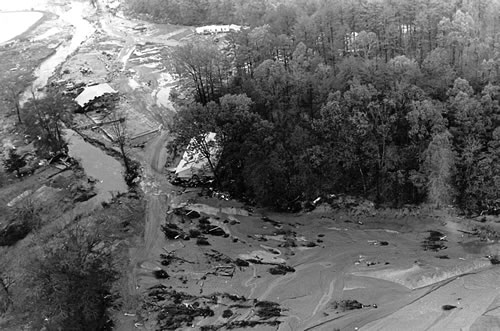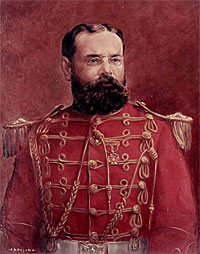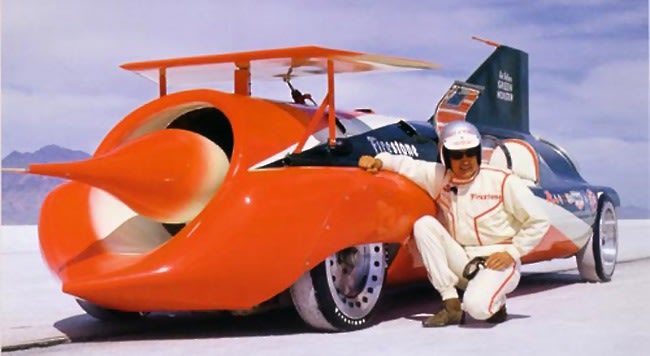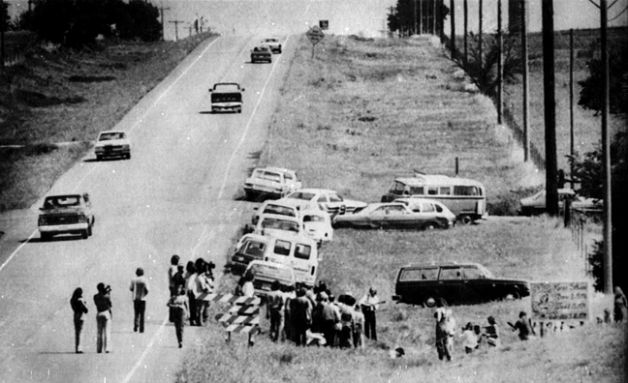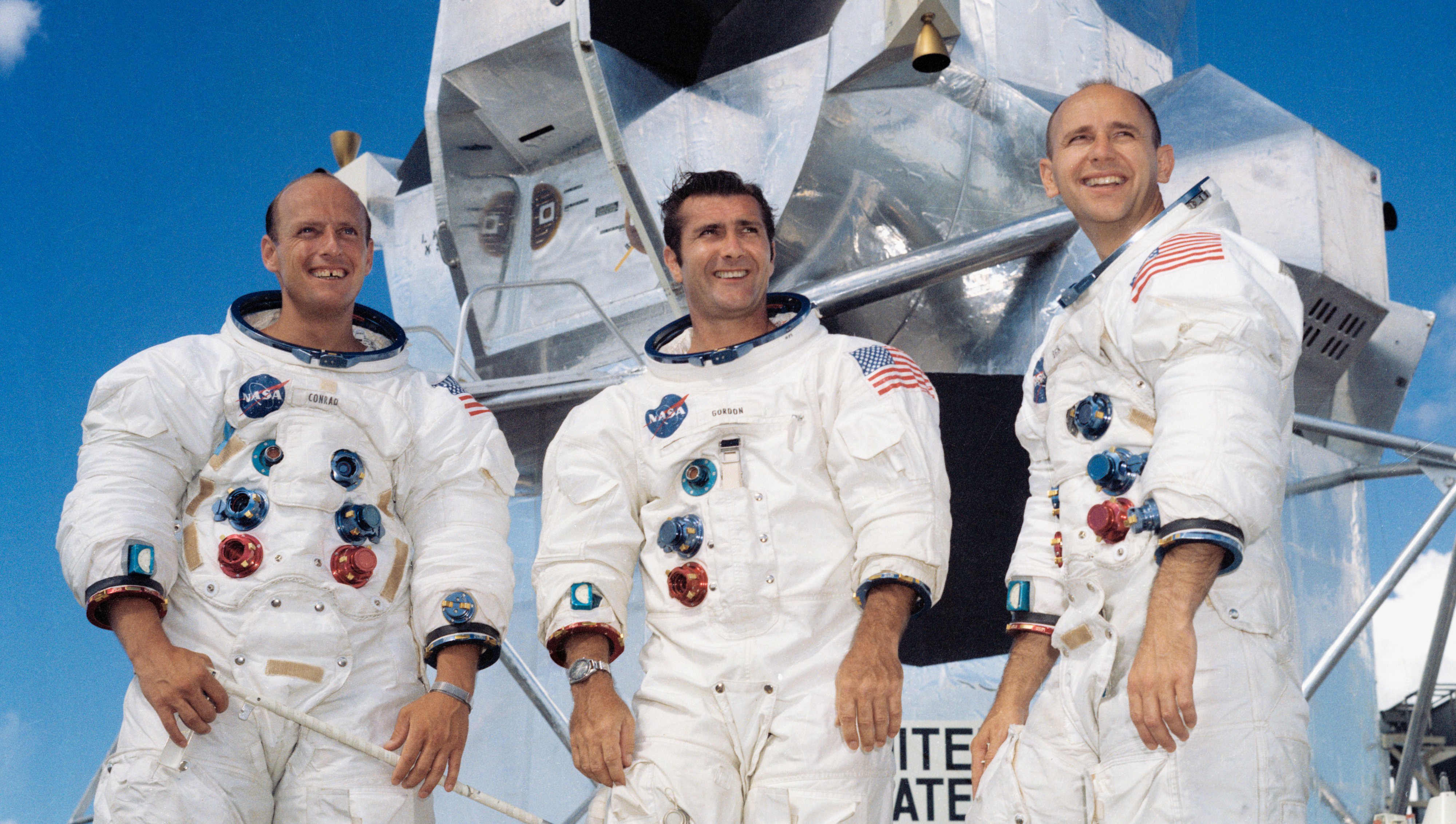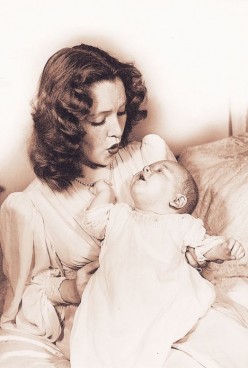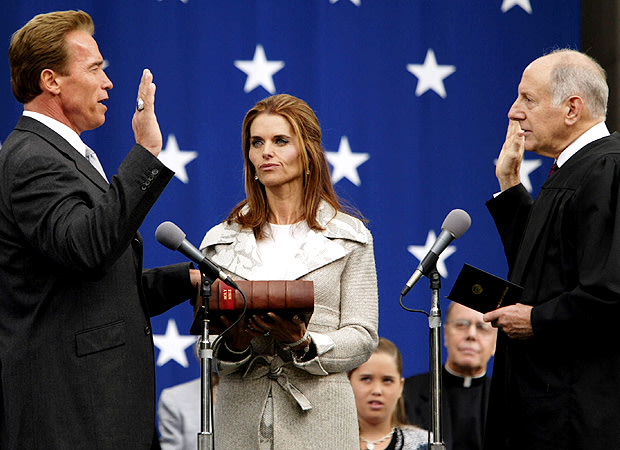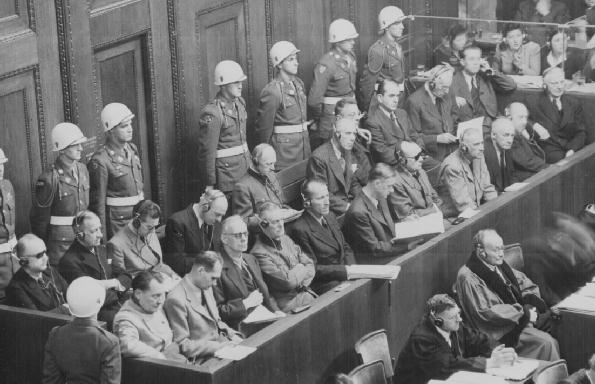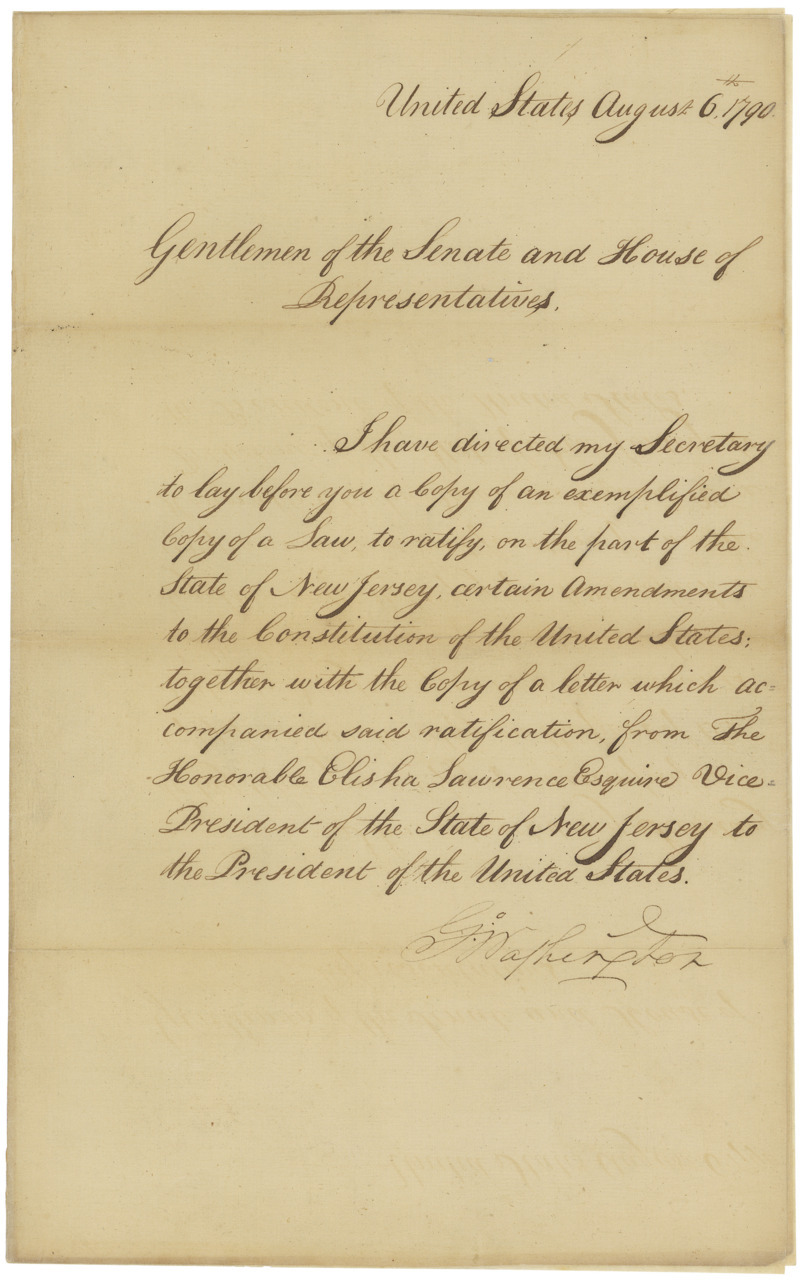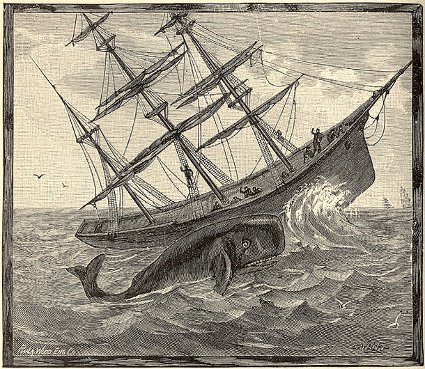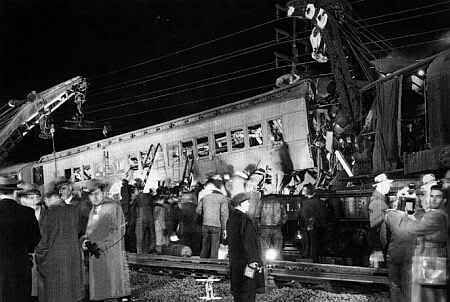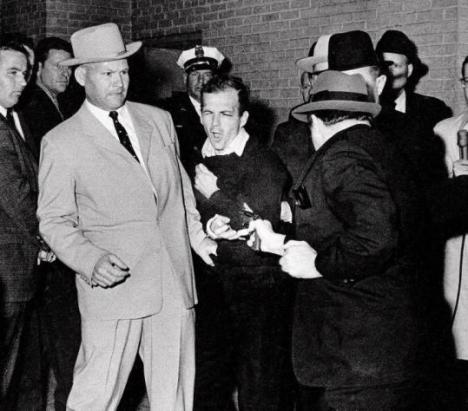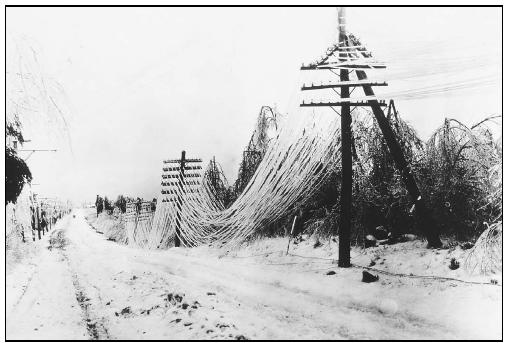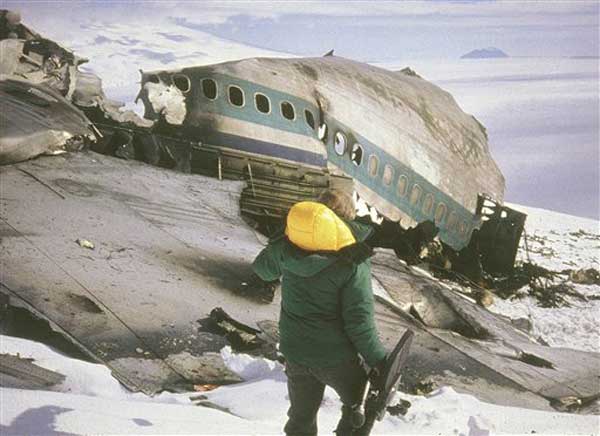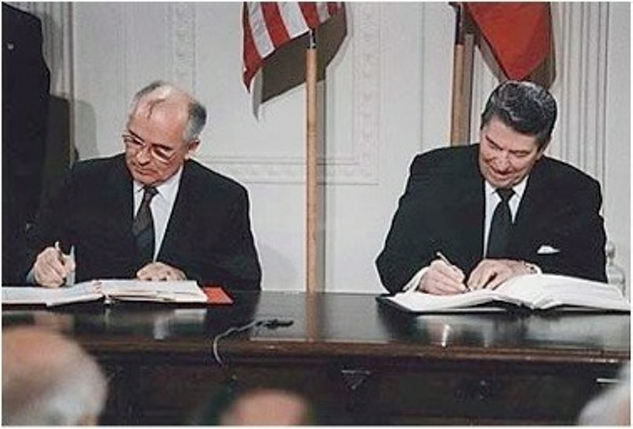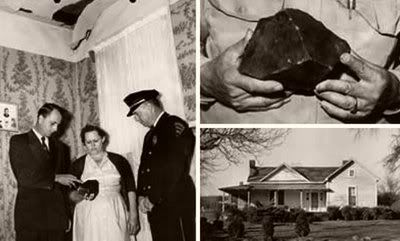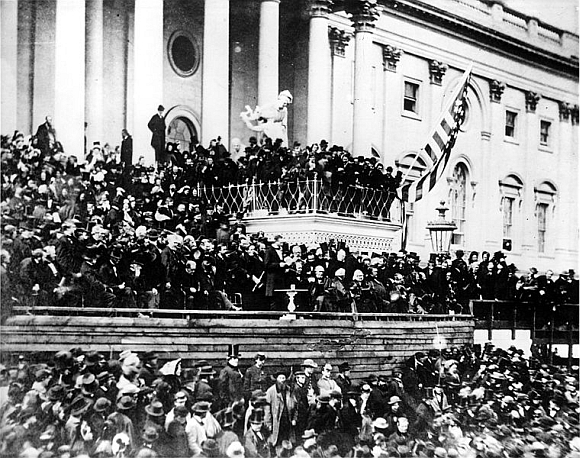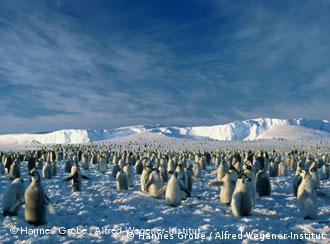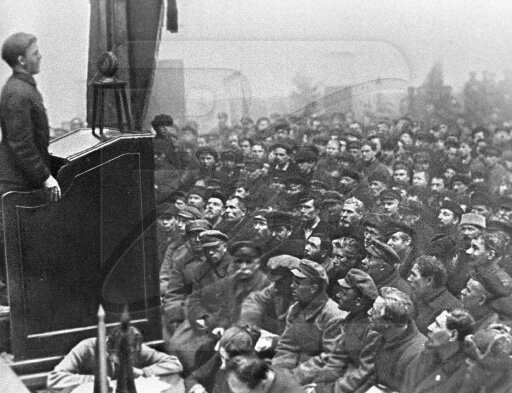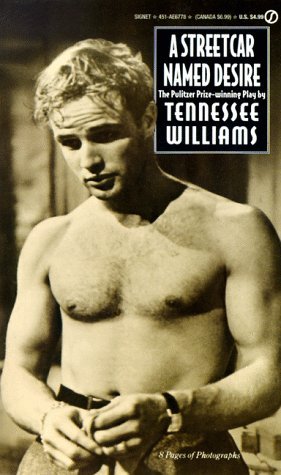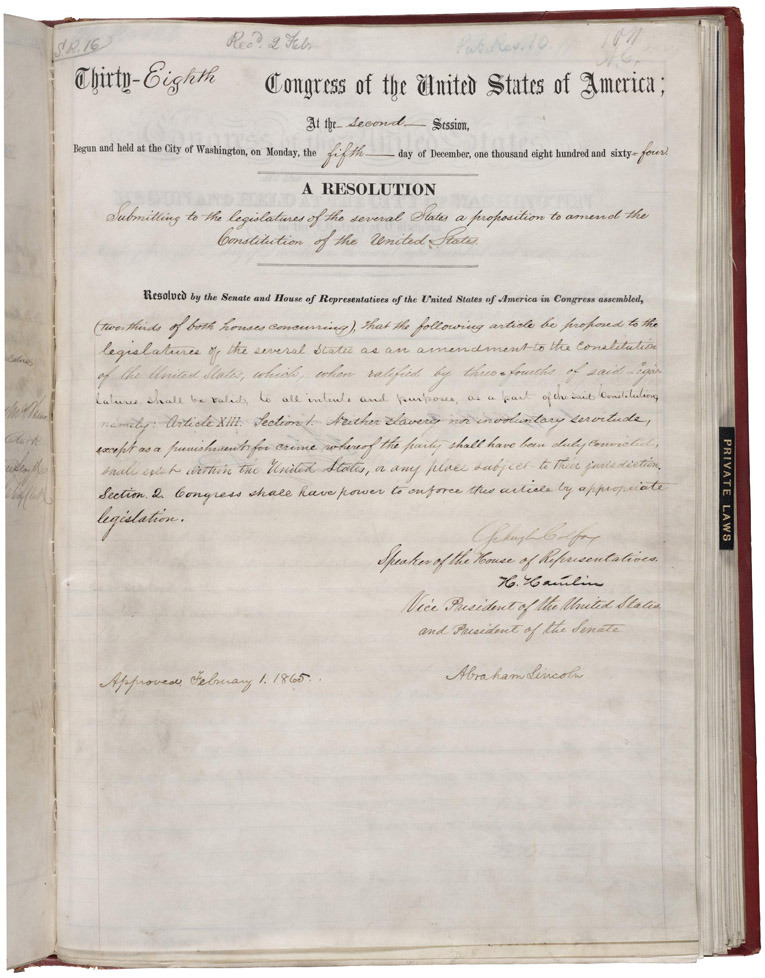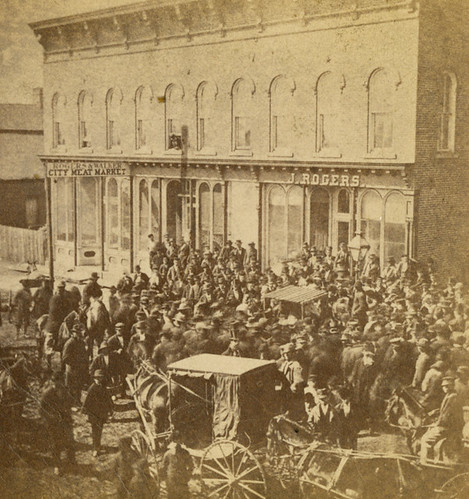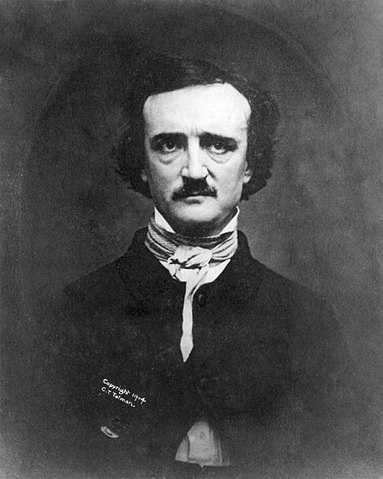Nov 5, 1895:
George Selden patents gas-powered car
On November 5, 1895, Rochester attorney George Selden wins U.S. Patent No. 549,160 for an "improved road engine" powered by a "liquid-hydrocarbon engine of the compression type." With that, as far as the government was concerned, George Selden had invented the car--though he had never built a single one.
Selden's design was fairly vague, and was actually based on a two-cylinder internal-combustion engine that someone else had invented: Selden had simply copied the one he'd seen on display at the 1872 Philadelphia Centennial Exposition. In 1899, Selden sold his patent to a group of investors who called themselves the Electric Vehicle Company. In turn, they immediately sued the Winton Motor Carriage Company, the largest car manufacturer in the United States, for infringing on the Selden patent just by building gas-powered cars. Winton settled, and the court upheld Selden's patent in 1903.
Soon, some automakers realized that the Selden patent didn't have to be a threat to their business. On the contrary, it could be quite profitable and limit competition in a highly competitive industry. About 30 car companies, including Winton, got together with Selden and the EVC to form the Association of Licensed Automobile Manufacturers (ALAM). The ALAM sued anyone who built a gas-powered car without Selden's permission--in other words, anyone who had not paid to join the Selden cartel. It also drummed up business for its own members by threatening to sue anyone who bought a car from an unlicensed company. (Its ads warned: "Don't buy a lawsuit with your new automobile!")
But Selden's group, composed mostly of Eastern carmakers that built ritzy cars for rich buyers, made a mistake: It excluded the Midwestern manufacturers who built lower-priced cars for ordinary people. In particular, it excluded Henry Ford. On October 22, 1903, the ALAM sued Ford for patent infringement, but the case took until 1909, seven months after the Model T was introduced, to go to trial. Most Americans, delighted to have the opportunity to buy an affordable car, were on Ford's side, but the judge was not: The court ruled that any gas-powered vehicle unlicensed by the ALAM violated the Selden patent and was illegal.
But on January 11, 1911, the appeals court ruled in Ford's favor: the Selden patent, it said, only applied to replicas of the exact engine that Selden had seen in 1872.
Nov 5, 1862:
President Lincoln removes General McClellan
On this day in 1862, a tortured relationship ends when President Abraham Lincoln removes General George B. McClellan from command of the Army of the Potomac. McClellan ably built the army in the early stages of the war but was a sluggish and paranoid field commander who seemed unable to muster the courage to aggressively engage Confederate General Robert E. Lee's Army of Northern Virginia.
McClellan was a promising commander who served as a railroad president before the war. In the early stages of the conflict, troops under McClellan's command scored several important victories in the struggle for western Virginia. Lincoln summoned "Young Napoleon," as some called the general, to Washington, d.C., to take control of the Army of the Potomac a few days after its humiliating defeat at the Battle of First Bull Run, Virginia in July 1861. Over the next nine months, McClellan capably built a strong army, drilling his troops and assembling an efficient command structure. However, he also developed extreme contempt for the president, and often dismissed Lincoln's suggestions out of hand. In 1862, McClellan led the army down Chesapeake Bay to the James Peninsula, southeast of the Confederate capital at Richmond, Virginia. During this campaign, he exhibited the timidity and sluggishness that later doomed him. During the Seven Days Battles, McClellan was poised near Richmond but retreated when faced with a series of attacks by Lee. McClellan always believed that he was vastly outnumbered, though he actually had the numerical advantage. He spent the rest of the summer camped on the peninsula while Lincoln began moving much of his command to General John Pope's Army of Virginia.
After Lee defeated Pope at the Second Battle of Bull Run in late August, 1862 he invaded Maryland. With the Confederates crashing into Union territory, Lincoln had no choice but to turn to McClellan to gather the reeling Yankee forces and stop Lee. On September 17, 1962, McClellan and Lee battled to a standstill along Antietam Creek near Sharpsburg, Maryland. Lee retreated back to Virginia and McClellan ignored Lincoln's urging to pursue him. For six weeks, Lincoln and McClellan exchanged angry messages, but McClellan stubbornly refused to march after Lee. In late October, McClellan finally began moving across the Potomac in feeble pursuit of Lee, but he took nine days to complete the crossing. Lincoln had seen enough. Convinced that McClellan could never defeat Lee, Lincoln notified the general on November 5 of his removal. A few days later, Lincoln named General Ambrose Burnside to be the commander of the Army of the Potomac.
After his removal, McClellan battled with Lincoln once more--for the presidency in 1864. McClellan won the Democratic nomination but was easily defeated by his old boss.
Nov 5, 1991:
Philippines struggles with severe flooding
On this day in 1991, Tropical Storm Thelma causes severe and massive floods in the Philippines, killing nearly 3,000 people. It is the second major disaster of the year for the island nation, as it comes on the heels of the violent June 12 eruption of Mount Pinatubo.
The storm dubbed Thelma (or Uring in the local language) approached the southeast islands of Leyte, Samar and Negros from the east. It stalled there, dumping tremendous amounts of rain on the tiny islands and causing deadly flooding. As this was the first major flood in local memory, the islands were caught seriously unprepared. Fifty-three people were killed on Negros, and on the nearby island of Leyte, the damage was even greater.
In the city of Ormoc, hundreds of people were washed away by a flash flood that caught the residents completely unaware. Even worse were the huge mudslides that buried hundreds of people in small villages all over the island. Rescue and relief efforts were practically nonexistent in the immediate aftermath of the floods because all the roads were impassable until five days later. Furthermore, the island's main port was completely destroyed by the flooding, bringing the economy to a standstill.
A subsequent inquiry into the cause of the deadly flooding revealed that environmental factors--including recent illegal logging--had played a large role. Large swaths of forest had been cut down to make the way for sugar cane and coconut farms. This did significant damage to the soil and left the land unable to absorb as much water as it could previously. Additionally, logs left in the island's creeks prevented water from flowing freely in established waterways.
In 1998, President Joseph Estrada made November 5 a memorial day for the victims of this disaster.
Nov 5, 1930:
An American Nobel Prize in Literature
Sinclair Lewis is awarded the Nobel Prize in Literature "for his vigorous and graphic art of description and his ability to create, with wit and humor, new types of characters." Lewis, born in Sauk Center, Minnesota, was the first American to win the distinguished award.
Lewis established his literary reputation in the 1920s with a series of satirical novels about small-town life in the United States, including Main Street (1920), Babbitt (1922), Arrowsmith (1925), and Elmer Gantry (1927). In these novels, his central characters strive to escape their emotionally and intellectually repressive environments, with varying degrees of success. In 1926, he turned down the Pulitzer Prize awarded him for Arrowsmith but in 1930 decided to accept Sweden's Nobel Prize.
Nov 5, 1990:
Jewish extremist assassinated in New York
Meir Kahane, an American-born rabbi and founder of the far-right Kach movement, is shot dead in New York City. Egyptian El Sayyid Nosair was later charged with the murder but acquitted in a state trial. The federal government later decided that the killing was part of a larger terrorist conspiracy and thus claimed the right to retry Nosair. In 1995, he was convicted of killing Kahane during the conspiracy trial of Brooklyn-based Arab militants led by Sheik Omar Abdel-Rahman. Nosair was sentenced to life imprisonment.
Kahane, a charismatic Jewish leader who advocated expelling all Arabs from Israel, found followers in Israel and the United States. He formed the Jewish Defense League in the United States in the 1960s and in 1971 moved to Israel, where he founded the Kach Party. Because of its racist platform, Kach was forbidden from participating in Israeli elections after 1988, but it continued to be supported by extremist Jewish settlers in Israel's occupied territories. In 1994, after a Jewish settler once affiliated with the Kach movement gunned down more than 30 Arabs worshipping in a mosque in the West Bank town of Hebron, Israel completely outlawed the organization.





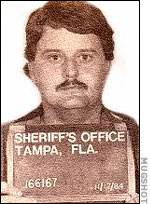



 Reply With Quote
Reply With Quote

